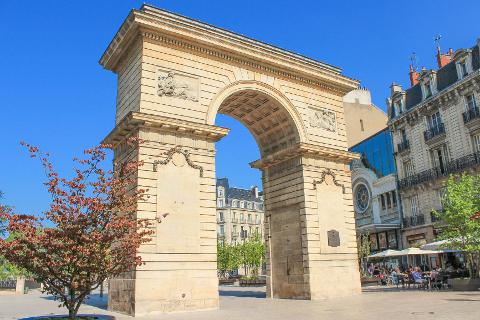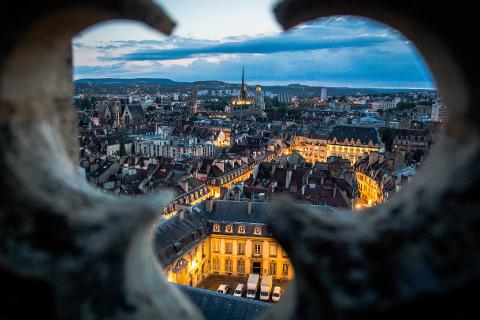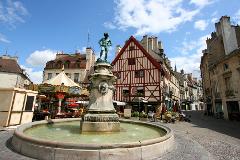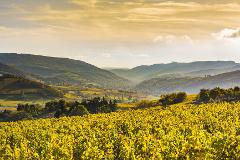Explore Dijon's Medieval Streets & Must-See Sights: Private Walking Tour



- Varighet: 2 Timer (ca.)
- Lokasjon: Dijon
Dijon's history is a tapestry woven with centuries of cultural, architectural, and historical significance. As the capital of the Burgundy region in France, the city boasts a rich heritage that dates back to Roman times and has shaped its identity over the ages. Follow a commented walking tour with an expert licensed tour guide. Visit the most emblematic monuments and lesser known cultural attractions this city has to offer.
Roman Origins:
Dijon's history can be traced back to Roman times when it was known as "Divio." It served as a strategic crossroads and was established as a key settlement due to its location on the trade route between Lyon and Paris. The city's early development was influenced by Roman architecture and urban planning, which can still be glimpsed in some of its structures.
Medieval and Renaissance Glory:
Dijon flourished during the medieval and Renaissance periods, becoming the seat of the powerful Dukes of Burgundy. The Palais des Ducs de Bourgogne (Palace of the Dukes of Burgundy) stands as a remarkable example of this era's architectural grandeur. The palace, characterized by its Gothic style, intricate sculptures, and rich ornamentation, served as both a residence and a symbol of the ducal authority.
Cultural Center:
Throughout its history, Dijon has been a hub of culture, learning, and creativity. The city was home to the renowned Dijon School of Painting during the 14th and 15th centuries, contributing to the development of artistic expression. The University of Burgundy, founded in the 18th century, added to Dijon's intellectual prominence and legacy.
Modern Times:
In more recent history, Dijon played a significant role during the French Revolution. The city embraced revolutionary ideals and became a focal point for revolutionary activities in the region. Dijon's rich history is also intertwined with the growth of the wine industry in Burgundy, which has contributed to the city's reputation as a culinary and viticultural destination.
Architectural Marvels:
Dijon's architectural landscape features a mix of styles, from Romanesque and Gothic to Renaissance and neoclassical. The city's churches, including the Notre-Dame de Dijon Cathedral and the Church of Saint-Michel, showcase stunning examples of religious architecture. The half-timbered houses, cobblestone streets, and well-preserved historic districts offer a glimpse into the past.
Culinary Heritage:
Dijon is synonymous with Dijon mustard, a condiment that originated in the city in the 18th century. The local gastronomy, deeply rooted in Burgundian traditions, offers a delightful array of flavors. The region's wines, particularly its Pinot Noir and Chardonnay, are celebrated globally.
Dijon's history continues to shape its vibrant present. The city's commitment to preserving its heritage while embracing modernity has resulted in a captivating blend of the old and the new. From its architectural treasures to its cultural diversity, Dijon invites visitors to explore its storied past and immerse themselves in the unique ambiance that defines this remarkable French city.








